‘She was able to be unapologetically Amy’: The power of Amy Winehouse’s eclectic style
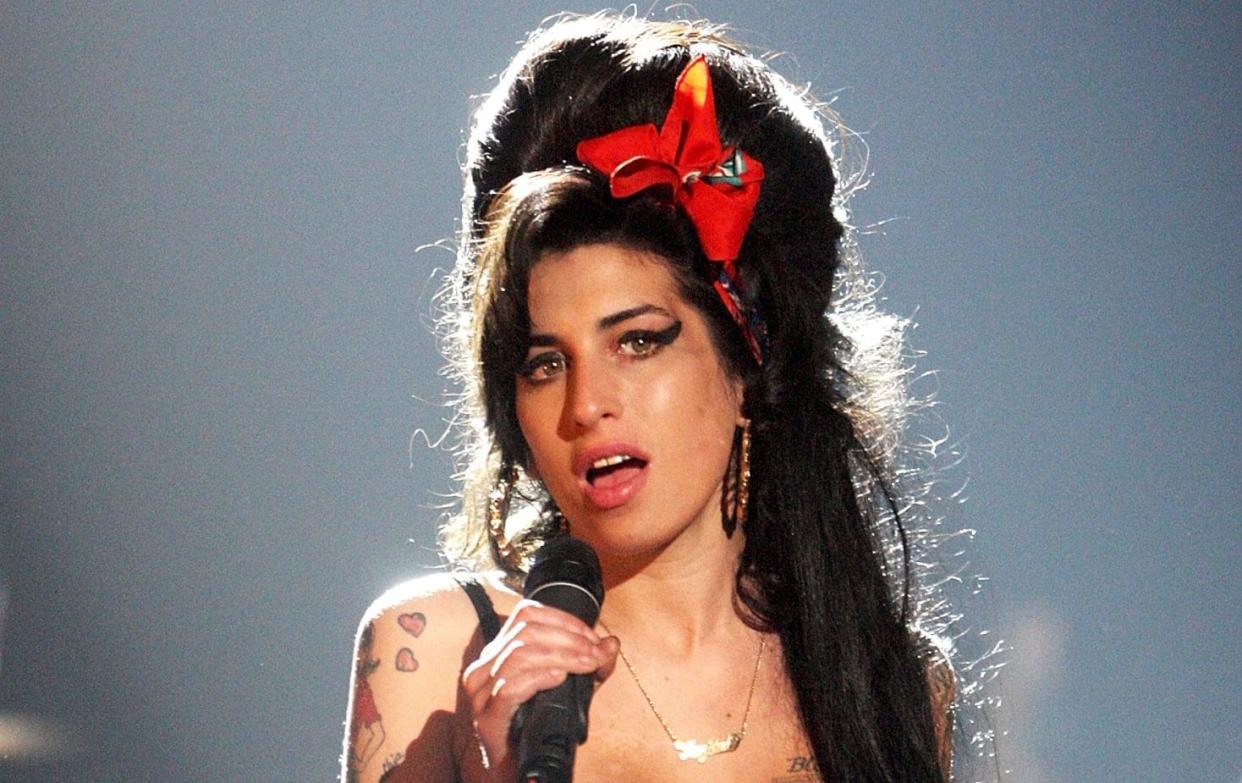
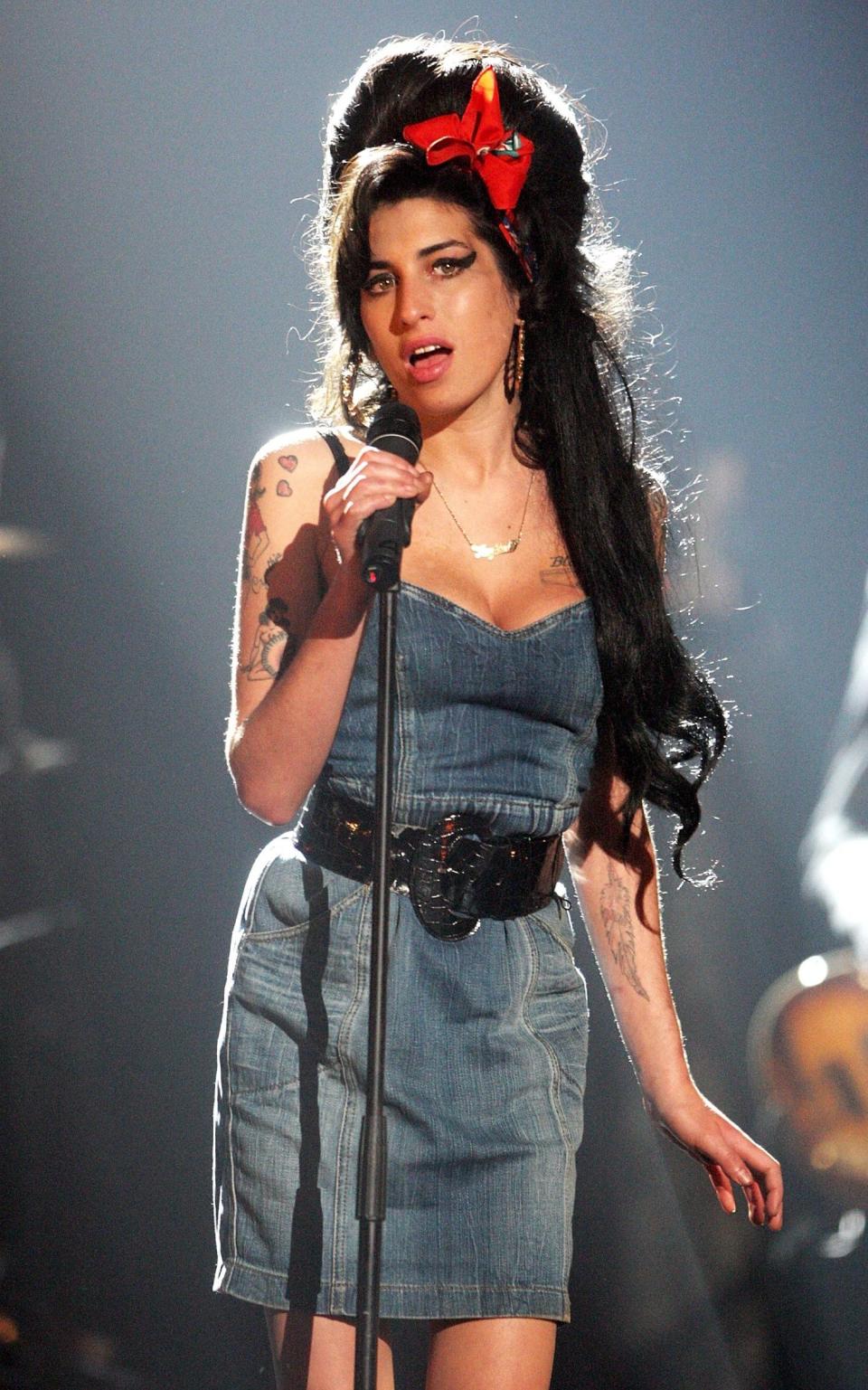
It is the hallmark of a musical icon that their look is instantly memorable: whether it’s Elvis Presley with his jet-black quiff and rhinestone jumpsuits, or Kurt Cobain and his mop of blonde hair and flannel shirts. Amy Winehouse is another such artist, whose towering beehive, thick winged eyeliner and rockabilly fashion is immediately conjured by her music. And despite it being over a decade since she tragically died in 2011, her legacy is still very much present today, and is set to be in the spotlight once again thanks to the release this week of director Sam Taylor-Johnson’s new biopic of the star, Back to Black.
It was during the making of her 2006 album Back to Black that Winehouse first honed the look with which she became synonymous – namely that beehive and the eyeliner, as well as ballet pumps, mini dresses and tattoos. While she’d always had a vintage-inspired dress sense, frequently tying silk scarves around her hair during the making of her first album Frank, it was only during the recording of her sophomore album that she upped the ante.
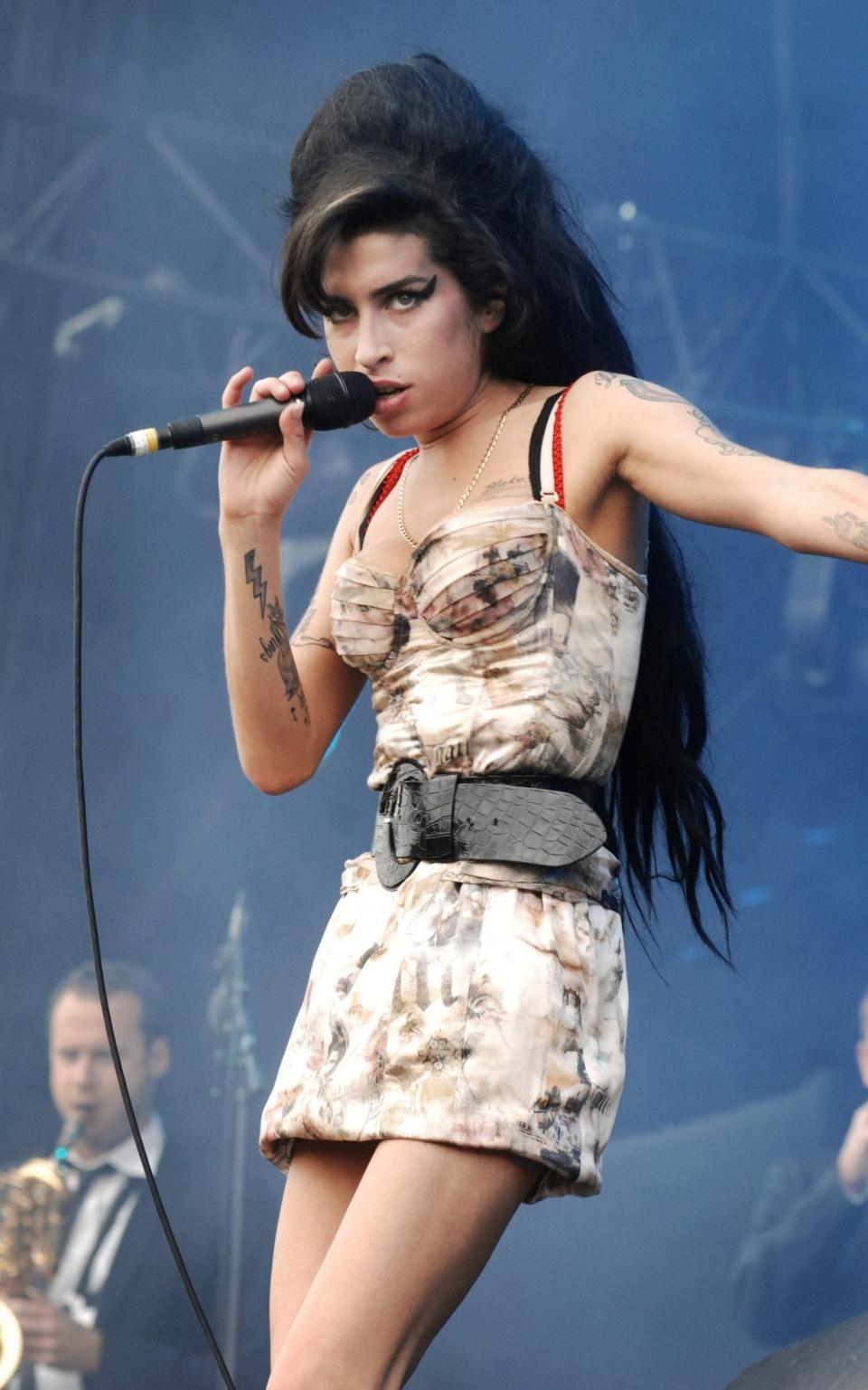
“Amy took her music and her persona extremely seriously,” says Priya Khanchandani, who curated the Amy: Beyond the Stage exhibition at the Design Museum in London in 2021. “She embraced fashion as a mode of self expression but she made it uniquely hers, and didn’t pander to the trends of the fashion industry. When she was making Frank she wore a lot of high street brands, but it was only with the release of Back to Black that she emerged with the beehive look and a more self-conscious image, which was helped by wearing designer brands that she was introduced to by stylists.”
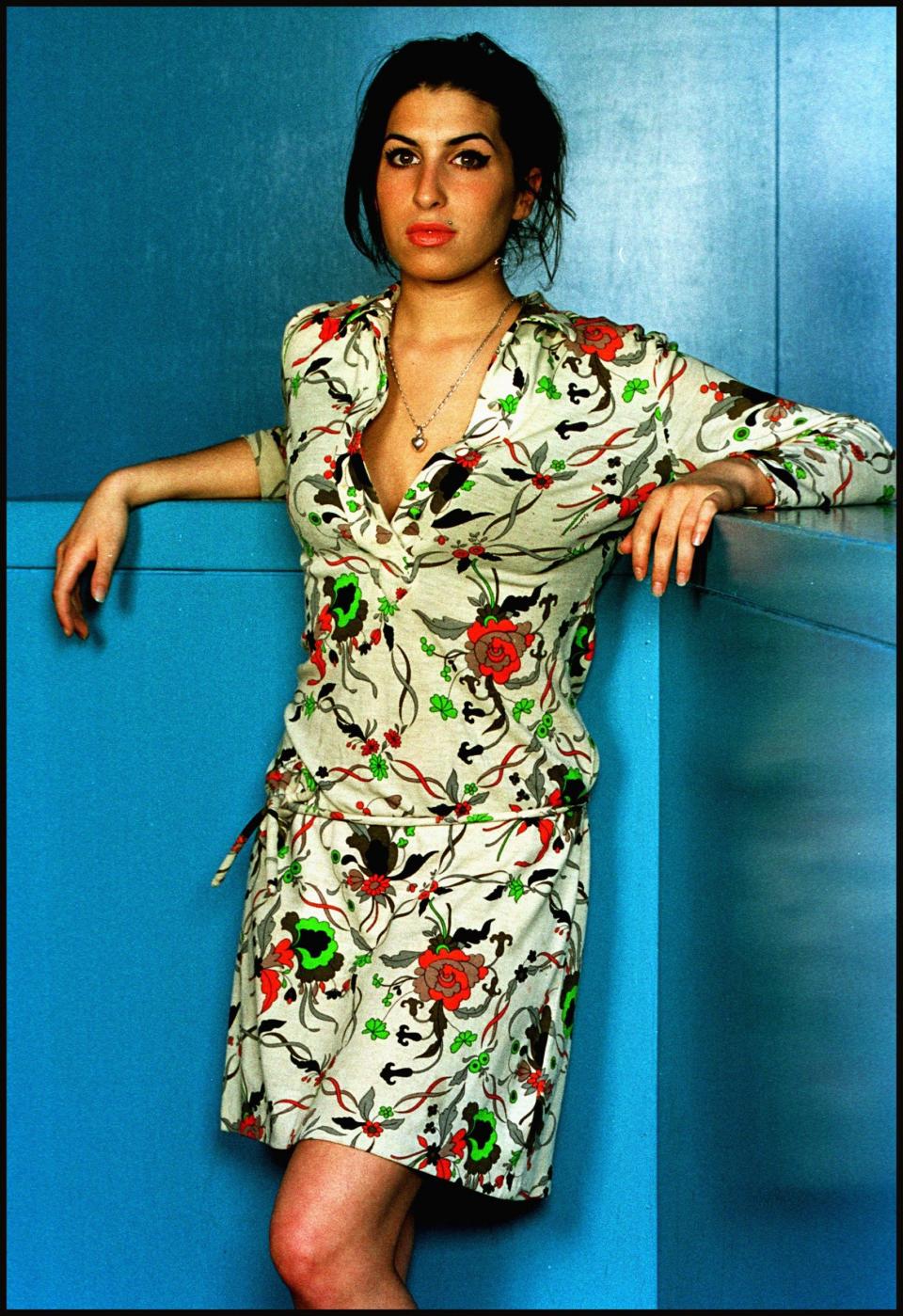
Winehouse’s sense of style was an amalgamation of the influences around her: not only the 1950s jazz and 1960s pop that she was listening to, and what those artists wore, but also the pub culture of Camden Town in the early 2000s. “Amy’s style was very eclectic,” shares Khanchandani. “What is unique about it is the way she was able to collage different styles. She drew on inspiration from different eras, as well as contemporary fashion, fusing the legacy of black female musicians with indie Americana. She even had a recognisable ‘Amy Silhouette’. There aren’t many people who have that.”
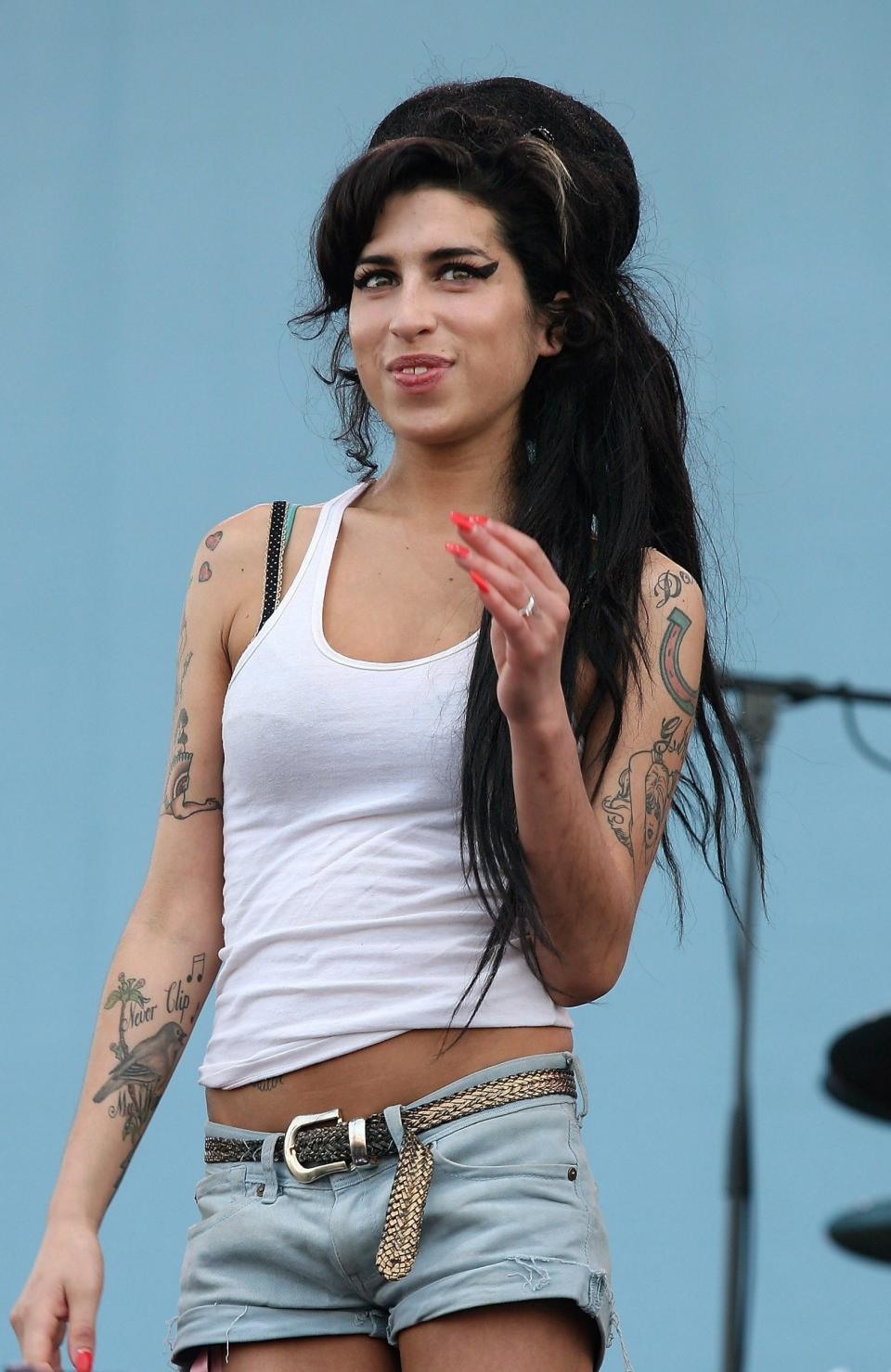
By the late 2000s the fashion industry had started to notice Winehouse. Fendi invited her to sing at a fashion show in 2008, with its creative director Karl Lagerfeld also inspired by her look for his Chanel show, sending models down the runway with beehives and winged eyeliner. “She’s a style icon,” Lagerfeld said. “She’s a beautiful, gifted artist. And I very much like her hairdo. Amy... is the new Brigitte [Bardot].” In 2009, LOVE magazine, the passion project of uber-stylist Katie Grand, published images of the Victoria’s Secret model Adriana Lima styled as Winehouse. The following year she released a collection of polo shirts, twin sets, pencil skirts and capri pants with Fred Perry – a collaboration that has been kept alive via her foundation today.
In the years since her death, musicians and designers have continued to be influenced by her style. In 2012, Jean Paul Gaultier dedicated his spring/summer couture collection to the late singer (something that caused a frisson of irritation among serious fashion pundits, who saw Winehouse’s look as too cartoonish to be couture). Just this year, designer Seán McGirr referenced her at his inaugural show for Alexander McQueen, with a picture of her in a low-cut bustier dress on his mood board. Lana Del Rey owes much to Winehouse, in both their bad girl personas and Americana styling, while at the 2021 Brit Awards, Dua Lipa paid homage to the singer by wearing a yellow dress that was a nod to her 2007 look, when she took home the gong for Best British Female Artist.
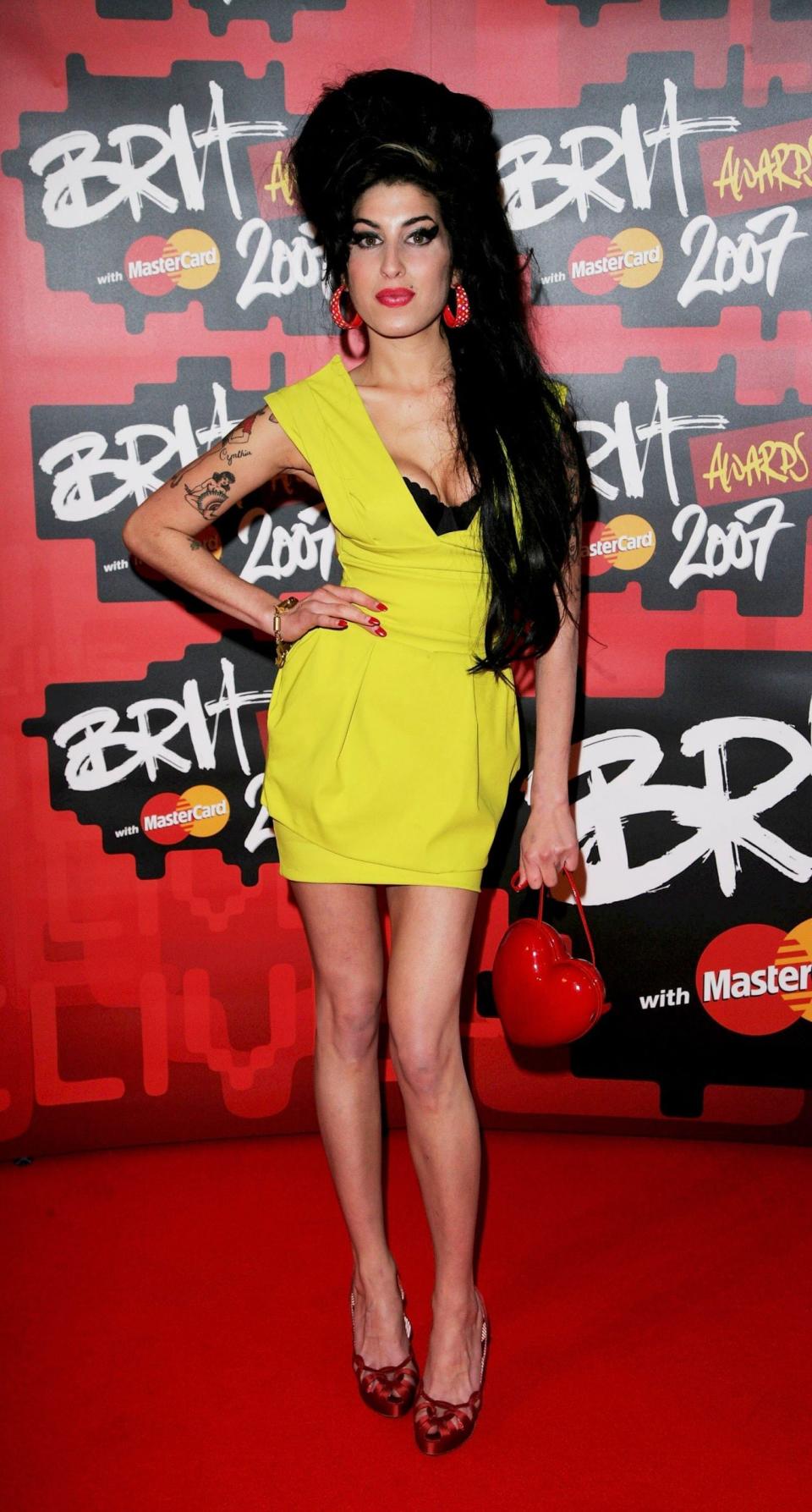
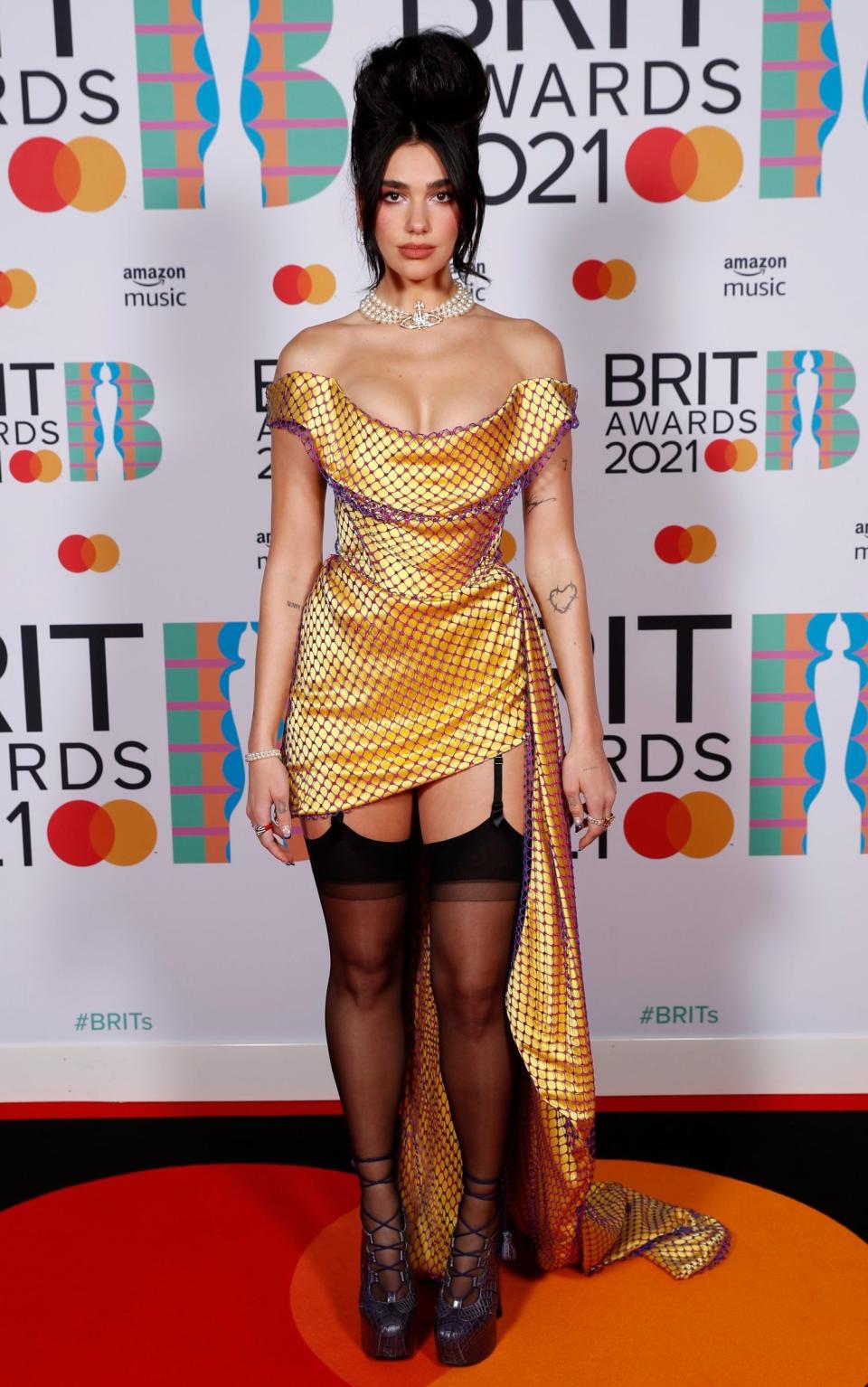
Like many female celebrities who were famous during the early years of the millennium, the ways in which both the media and the public treated Winehouse is being interrogated today. This was in part why Khanchandani was inspired to curate the exhibition on her. “I felt like there hadn’t been that much intellectual reflection on her legacy as an artist, it had been outshadowed by the troubles she faced,” she says.
In terms of Winehouse’s impact on how we dress now, Khanchandani thinks it’s her authenticity that has given her lasting appeal. “I think the fact that she was able to be unapologetically Amy is what resonates with so many people. I think the idea of boldness, authenticity and the ability to express yourself through fashion is her real legacy.”
Recommended
Back to Black, review: this compassionate Amy Winehouse biopic avoids the blame game


